#textile mill
Text

Recent Acquisition - Photograph Collection
Original caption from September 1934: "Danville, VA. A scene in a typical cotton mill here which will be stilled along with other textile mills when the textile strike goes into effect, which has been called for midnight Sept. 1st., Approximately five hundred thousand workers will leave their machines in protest against their employers to grant requests made by the Mill Workers Union."
27 notes
·
View notes
Photo

Frydek-Mistek, 2023
13 notes
·
View notes
Text


Then & Now: A glimpse into history with a vintage postcard of Arnold Print Works from 1908, now transformed into the entrance of #MassMoca (front and center) and home to Bright Ideas Brewing to the right.
#postcard#vintage postcard#then and now#Mass MOCA#museums#art museum#Arnold print works#textiles#textile mill#brewery#craft beer#north Adams
2 notes
·
View notes
Text



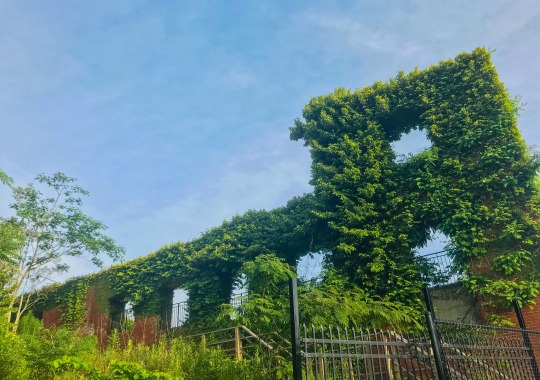


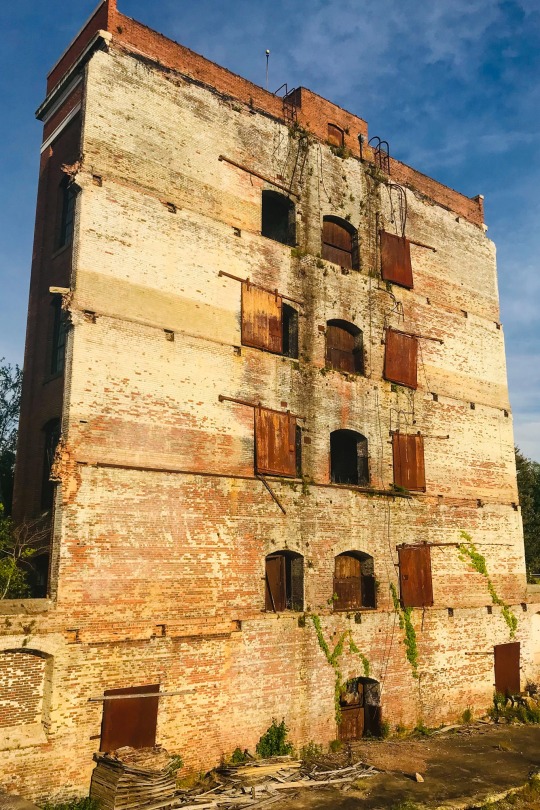
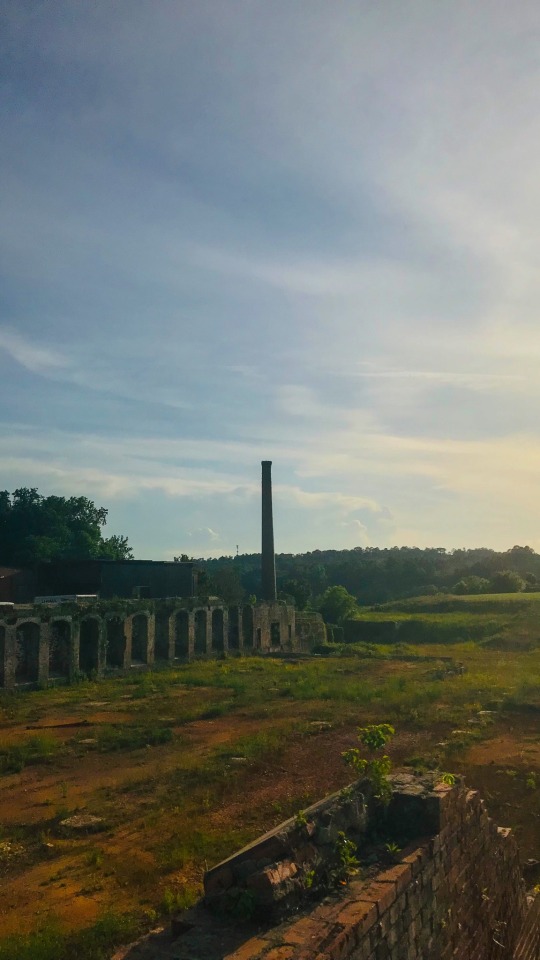
Bibb City - Abandoned textile mill circa 1920s in Columbus, Georgia
#bibb city#columbus georgia#textile mill#1920s#abandoned buildings#ruins#industrial building#chattahoochee#brick building#iphonography#overgrown#abandoned
18 notes
·
View notes
Text


#places we should not be#brick mansions#textile mill#graffiti#graff#toy#graffiti culture#explore#paint#tension#maine
0 notes
Text
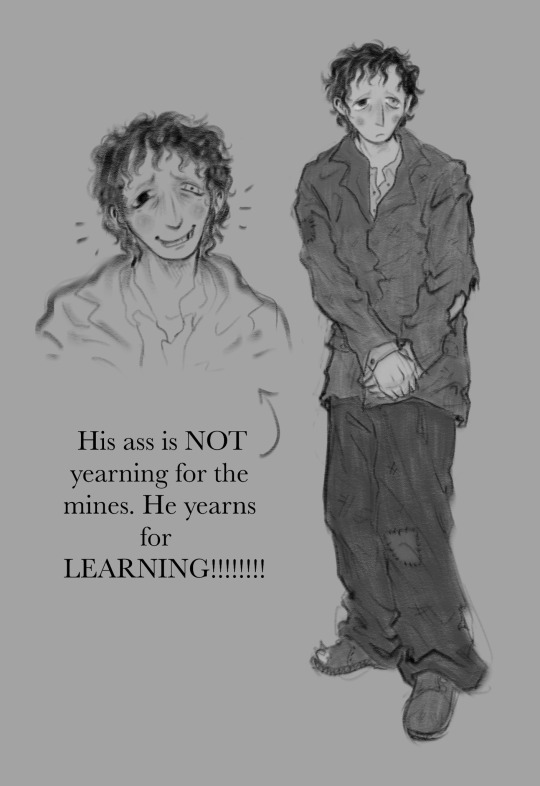
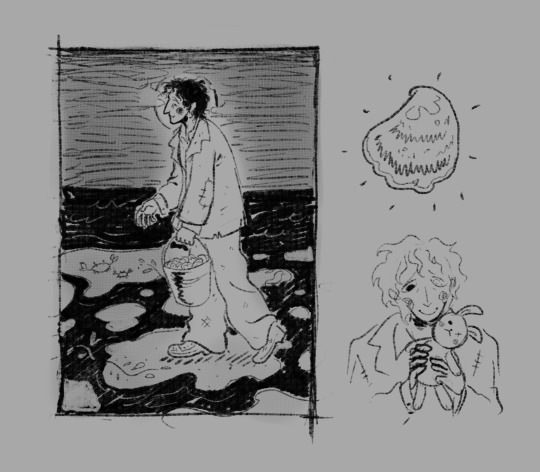

Youngin years
#my Micolash headcanon backstory is he was a Yharnam street kid who managed to get his ass an education#Victorian orphan that they put in the textile mills…#only half joking when I say that#Also#headcanon that his favorite food is oysters#I remember seeing a beautiful picture of him holding a stuffed rabbit a long time#ago#and I always thought that was so sweet. I associate him heavily with rabbits/hares#micolash bloodborne#bloodborne#micolash host of the nightmare#bloodborne micolash#bloodborne fanart
82 notes
·
View notes
Text
had to get a new warping board for my loom bc mine broke several months ago and i haven't had the energy or will to fix it (it's a handmade wooden one my late stepdad made for me, so i WILL fix it i have to fix it for sentimental reasons but i just can't right now) so after putting it off for ages i finally bit the bullet and ordered a new one. i hate how expensive this equipment is it's literally just 4 pieces of wood with dowels wym it's $160 kms. whatever i can finally weave again
#there are ways to measure a warp without a board but i hate them#i actually hate warping boards too i prefer warping mills 100 times over but they are like minimum $300. evil#you can use an inkle loom for short warps and the rigid heddle loom i have can work as a warping board#but not when its got a warp and project in progress already on it so its only really useful as a board for itself#i just really dont like methods other than a big warping mill so using anything else feels miserable#i love those big ass ancient warping mills they have at textilmidstod and at my old unis textile studio nobody gets me like they do
25 notes
·
View notes
Text

#art#generationalwealth#mansorus#mental health awareness#meek mill#expensive pain#DREAMCHASERS#mmg#Philly#textiles#bathroom#penthouse#views
307 notes
·
View notes
Text
Almost 200 years since the first mill strike in the United States, which took place in my ancestral hometown of Pawtucket, Rhode Island, in 1824:
In late May 1824, a group of Pawtucket mill owners decided to make some drastic changes. Citing a “general depression,” they announced a plan to extend the workday by an hour, reduce the worker’s mealtime, and cut wages by 25%.
Workers in town did not accept these new conditions. About one hundred women walked out of the mills, causing them to shut down. From May 26th to June 3rd, 1824, a large number of additional textiles workers joined them in going on strike.
It was specifically women workers who were targeted by the mill owners, who claimed they made what was "'generally considered to be extravagant wages for young women.' The owners believed the young women would passively accept such wage decreases." The Pawtucket Mill Strike would inspire other working class uprisings such as Rhode Island's Dorr Rebellion.

Power looms in 1835: illustration from NPS article.
#may day#labor history#labour history#1820s#mill strike#pawtucket#rhode island#new england#mayday#working class#history#textiles#us history#classism#blackstone river valley#blackstone river
88 notes
·
View notes
Text
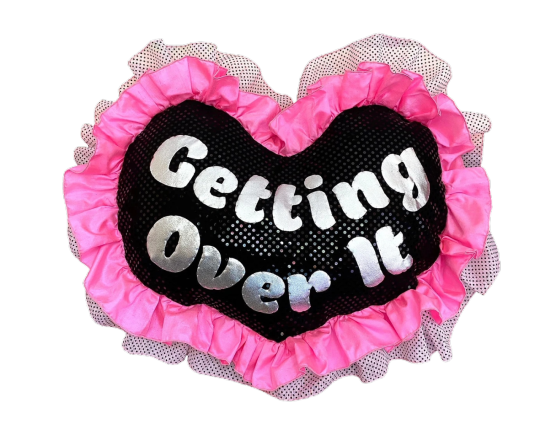
Amy Claire Mills, Getting Over It
#amy claire mills#cutecore#kawaii#transparent png#textile art#pillow#softcore#lovecore#love heart#textile design#clowncore#png icons#soft sculpture#⭒* ·˚ ☾ ⊹.#textiles
10 notes
·
View notes
Text
The fact that there's people in the world who think every mention of the 1600s in the game was imagined. Just why.
#specifically people who literally make up stuff to trash the game for#seriously i just need to know WHY some people are committed to the lh witch trials never having happened#just why#we're seriously supposed to think every sign and memorial around the town was made up?#every witchcraft secret?#for real?#the entire museum?#what do we think the museum was made of then?#what was there instead?#they do know they can have the hallucination view without believing the witch trial tourism stuff was fake right#i mean whos to say the museum is fake and not i dunno the factory too then#maybe there never was a factory that shut down#you know since we're required by default to not believe the establishing information the game gave us#maybe lh is actually a thriving little community that just goes to bed at night#maybe lh is actually not in eastern massachusetts where theres abandoned textile mills and WITCH TRIAL HISTORY i cant even with this#its senseless its killing my brain cells help#ramblings#the dark pictures anthology#little hope#no seriously WHY#i mean if theres somebody chill who wants to make this idea work because they plain old like it?#i cant see it but i love that for them#but haters be like: if it wasnt in the prologue don't believe it. and dont believe the prologue either because it was a dream#???#anyway im done ranting sorry lol
29 notes
·
View notes
Text

Textile Factory, 12.03.2022
Księży Młyn, Łódź
#księży młyn#priest's mill#textile factory#factory#industrial#postindustrial#poland#polska#łódź#łodzkie#red brick#trees#abandoned#canon#canon photography#photographers on tumblr#photography
42 notes
·
View notes
Text
Best part of Pern’s dumpster fire worldbuilding: The arbitrariness of what was preserved and what was lost.
Water wheels? Just figuring that shit out. Flamethrowers? Yeah, every cothold’s got like three.
Printing press? Never heard of it. Thermodynamics? Still out there in the 3rd Pass.
#and no you can't pull 'but they need them for thread'#because that doesn't justify the century and a half between times you need to deal with thread#and there's no real reason for them to have lost the printing press in the first place#not that wouldn't also bring into question why they can do it later#and it they didn't go back to it when they lost their tech why the fuck not?#same with the water wheel#the only reason anyone's response to hearing about them would be 'oh you mean the stuff the guy who always invents stuff uses'#rather than 'oh the thing half the mills on the planet use' would be that it's not normal#and there's no reason for that not t be the case#meanwhile somehow there never seems to have been a lull in textile production#when the fuck did they figure out looms?#and why do they have those but not watermills?#*how did 'thermodynamics' stick bot not 'year' or 'week'?*
7 notes
·
View notes
Text
Navigating the Threads of Change: Sustainable Textile Practices Transforming the Fashion Industry
In an era of heightened environmental awareness, the textile industry is undergoing a profound transformation, driven by a growing commitment to sustainability. These practices might get started right from the design process. In this article, you’ll learn about some of the practices that are changing the textile industry trends and can bring a revolutionary change.
||Re-thinking Raw Materials: A Shift towards Eco-Friendly Choices||
At the heart of sustainable textile practices lies a re-evaluation of materials used in the production process. Traditional textiles often rely on resource-intensive materials such as conventional cotton, which is notorious for its heavy use of pesticides and water.
Sustainable alternatives, for example, organic cotton, bamboo, and hemp, have emerged as eco-friendly options that minimize the environmental impact. Organic cotton, for instance, is grown without the use of synthetic pesticides or fertilizers, promoting soil health and reducing harm to nearby ecosystems.
||Recycled Materials: Closing the Loop and Reducing Waste||
One noteworthy development in sustainable practices is the rise of recycled materials. Post-consumer waste, including discarded plasticized objects and other textile scraps, is being repurposed to create new products. This not only diverts waste from landfills but also mitigates the demand for new materials, contributing to a more circular and sustainable system.
||Slow Fashion: A Counterbalance to Fast Fashion's Disposable Culture||
Furthermore, these sustainable initiatives are closely tied to the concept of slow fashion. This movement advocates for a shift away from the fast-paced, disposable nature of the industry, encouraging consumers to invest in high-quality, timeless pieces that endure through seasons.
||Revolutionizing Manufacturing: Waterless Dyeing and Plant-Based Alternatives||
Beyond the choice of raw materials, these practices extend to the manufacturing processes employed by many best textile industries. The conventional dyeing and finishing of textiles involve the use of numerous harmful chemicals that not only pose risks to the environment but also to the workers involved in the production process. Therefore, the use of natural alternatives can change the whole scenario of attaining sustainability.
||Current scenario towards sustainability||
Major fashion brands are recognizing the importance of sustainability and are following these principles into their business models. From creating sustainable materials into their collections to adopting transparent and ethical supply chain practices, these top textile companies are driving positive change within the industry.
Yet, the shift towards sustainable textile practices is not without its challenges. The initial costs associated with sustainable materials and processes can be higher, posing financial obstacles for some manufacturers. However, as consumer demand for eco-friendly products continues to rise, economies of scale and increased innovation are expected to drive costs down, making sustainability practices more accessible for all.
||Conclusion||
In conclusion, sustainable textile practices are setting a new narrative for the industry, one that prioritizes environmental stewardship, ethical practices, and long-term viability. The threads of change are being woven into the fabric of fashion, stitching together a more sustainable and conscious future for all.
#textile industry#textile shop near me#textile#textile company in panipat#textile industry in panipat#textile mills in panipat
2 notes
·
View notes
Text
it is in your best interest to pick a place at a specific time and get so, so irretrievably obsessed with and informed about it
#rust belt. dust bowl. textile mill towns of new england. midwestern college campuses in the 60s and 70s. newark new jersey#these are fairly well known american examples but for the love of god dig deep into the history of an overlooked place
18 notes
·
View notes
Text


The art market I went to this past weekend had a lot of really cool offerings. I wish I had the funds to buy everything I saw, alas. It was very difficult to choose from all the stalls that were there (80 different artists attended). In the end, I purchased a tote bag and three prints for my Chaos Wall from Sir Gregory & Co., three shop illustration prints from Zenti Designs, a linocut of Chaotic Good Designs' Cat, Jon Snow, an upcycled bag from Kimono Yamamoto, an illustrated book for my partner's goddaughter from La Source Australia, and a silver boundary bracelet from Mill Foundry.
There were just too many excellent artists, though. I was a bit overwhelmed on the day. I hope everyone did really well with their stalls, there seemed to be a lot of people just being drawn in via local foot traffic when we were leaving to venue.
#lessa musings#lessa photos#lessa wardrobe#traditional art#wafuku#textile art#sir gregory & co#zenti designs#chaotic good designs#kimono yamamoto#la source australia#mill foundry
2 notes
·
View notes